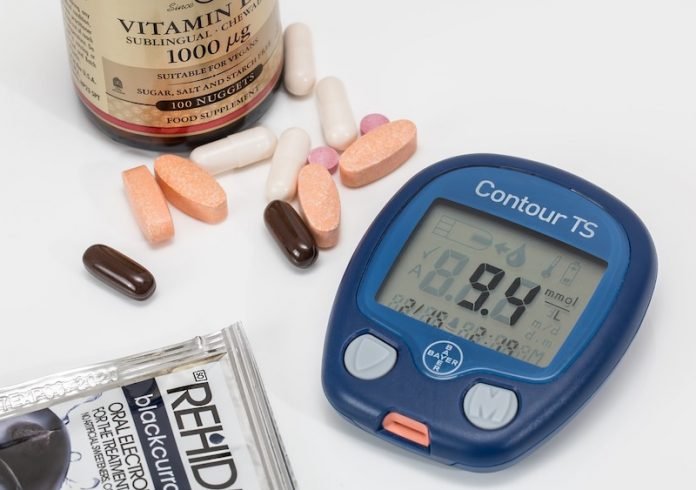
Since its approval in 1995, opioid tramadol has become a widely prescribed remedy for osteoarthritis and other pain indications.
It presents a lesser risk for some side effects and has a lower abuse potential when compared to other opioids.
The drug is currently ranked among the top five prescribed opioids and the top 60 prescribed medications in the country.
But as tramadol has grown in popularity, there have been cases of adverse effects among its users.
Recognized adverse drug reactions linked to tramadol include dizziness, nausea, headaches, and constipation.
More serious but rarer adverse drug reactions include serotonin syndrome and increased seizure risk.
In a recent study from the University of California San Diego, researchers found opioid tramadol (marketed as ConZip and Ultram) may increase the risk of developing hypoglycemia, or abnormally low blood sugar.
Patients who take tramadol are at greater risk of developing the disease.
The study is published in Scientific Reports. One author is Ruben Abagyan, Ph.D., professor of pharmacy.
Hypoglycemia is often related to the treatment of diabetes, but can also occur in persons without diabetes.
If untreated, hypoglycemia can lead to serious complications of its own, such as neurocognitive dysfunction, vision loss, greater risk of falls and loss of quality of life.
The research team analyzed more than 12 million reports from the FDA Adverse Effect Reporting System (FAERS) and Adverse Event Reporting System (AERS) databases, which chronicle voluntary reports of adverse effects while taking a medication.
They also looked at other widely prescribed opioids and similar acting, non-opioid medications, such as serotonin and norepinephrine reuptake inhibitors (Cymbalta, Effexor XR) and NMDA receptors (ketamine and memantine).
Results showed that only drug tramadol produced a big risk of developing hypoglycemia in patients.
In fact, there was a 10-fold greater risk of hypoglycemia using tramadol than virtually every other opioid.
The only other drug identified with comparable effect was methadone, an opioid most commonly used to help persons reduce or quit addictions to heroin or other opiates.
The team suggests that doctors should pay attention to the likelihood of low blood sugar (and/or high insulin content), in particular, if the patient is predisposed to diabetes.
Copyright © 2019 Knowridge Science Report. All rights reserved.



